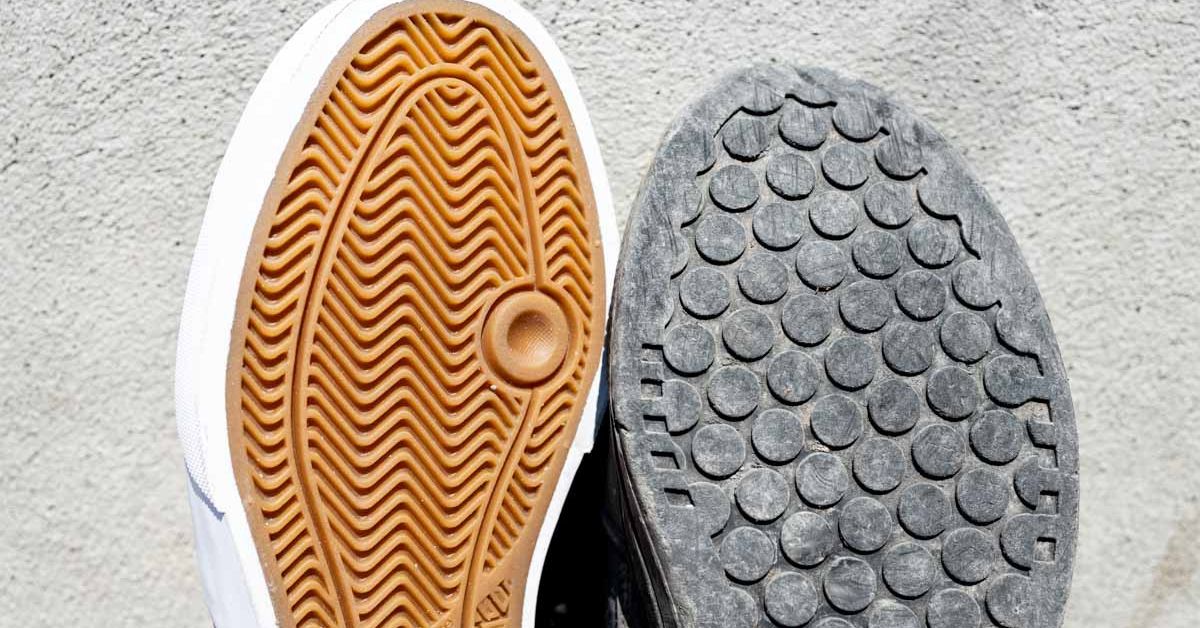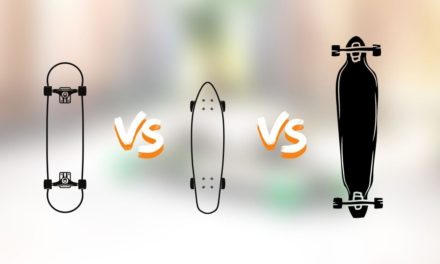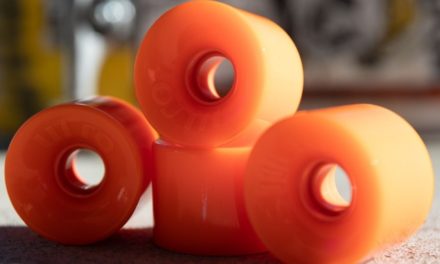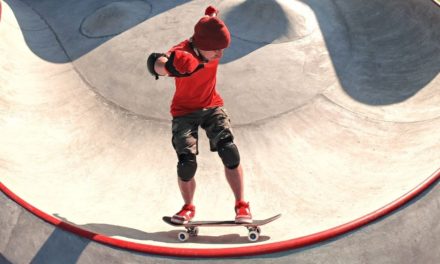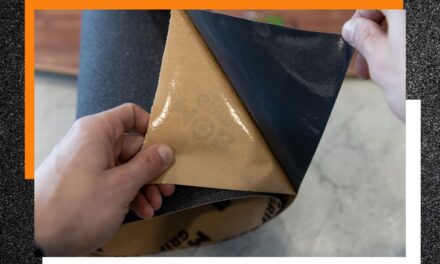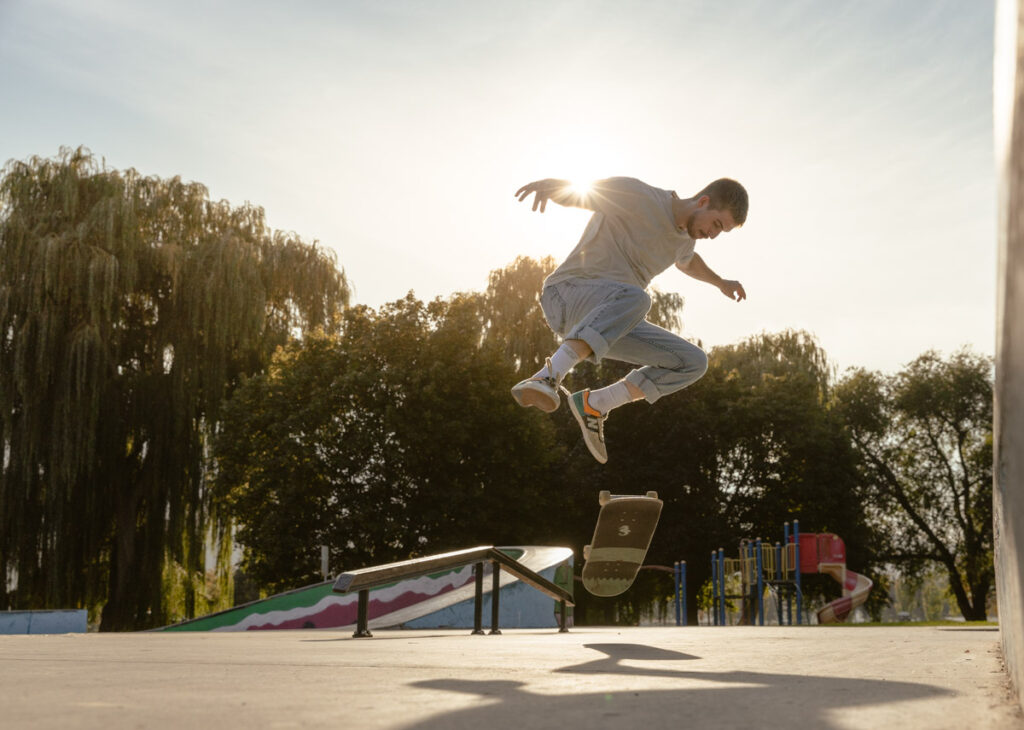When you start looking at the specs of any skate shoe, you’ll often hear the words “vulcanized” or “cupsole” thrown around. This refers to the sole construction of a skate shoe and how the sole of the shoe is connected with the upper portion. There are actually quite a few differences between the construction of these two shoes and how they feel to skate in. So let’s break down the differences between vulcanized and cupsole skate shoes to see which one is best for you.
What Are Vulcanized Shoes?
Vulcanized shoes are made by heating the rubber outsole with chemicals to help mold it and improve durability. The rubber outsole is then attached to the upper of the shoe and undergoes a second heating process. Then, a thick band of rubber, known as foxing tape, is added to hold the shoe together.
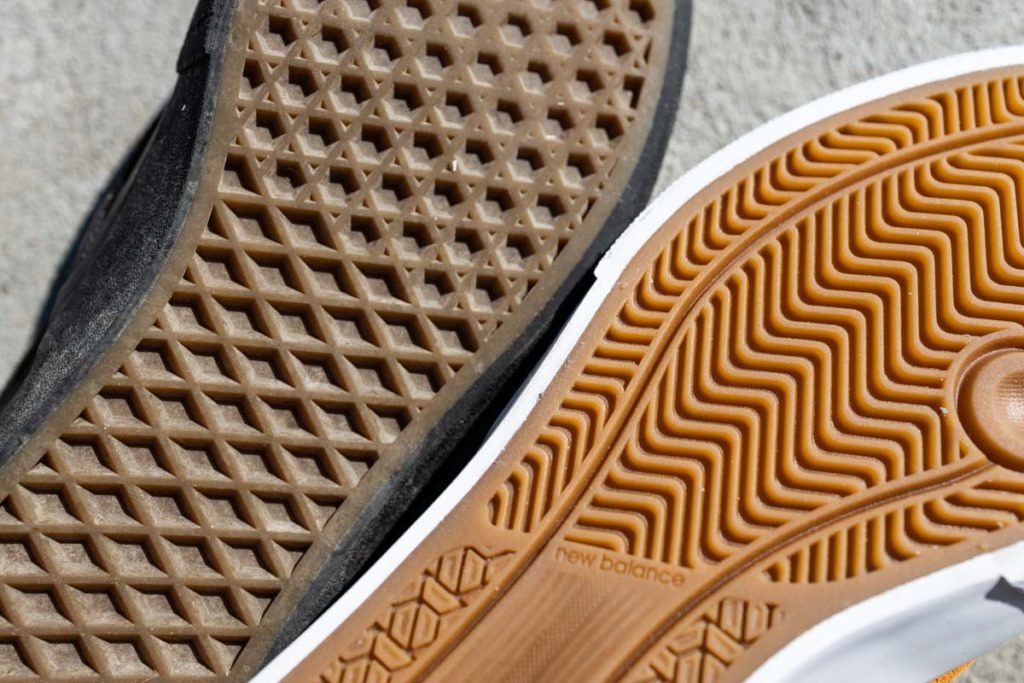
The reason they are called vulcanized shoes, or VULC shoes, is because of this process (known as vulcanization) to heat the rubber. When the rubber sole of the shoe is heated, it becomes more elastic and durable compared to an untreated rubber sole. Once heated, it can be stuck to the upper of the shoe and is heated again to improve the bond.
However, the outsole and the upper don’t have a strong enough bond by themselves, which is why foxing tape is added to connect the sole and the upper. The foxing tape is a tell-tale sign of vulcanized shoes and is easy to spot on any skate shoe you see.
The advantage of vulcanized skate shoes is that the sole is typically thinner and more flat. This offers exceptional board feel but doesn’t do as well at protecting your feet.
However, despite less protection, many skaters prefer vulcanized skate shoes because of the “thicker flick feeling” offered by foxing tape. Since there is more rubber surrounding the shoe, flicking tricks often feels more consistent and around the toe tends to last longer.
What Are Cupsole Shoes?
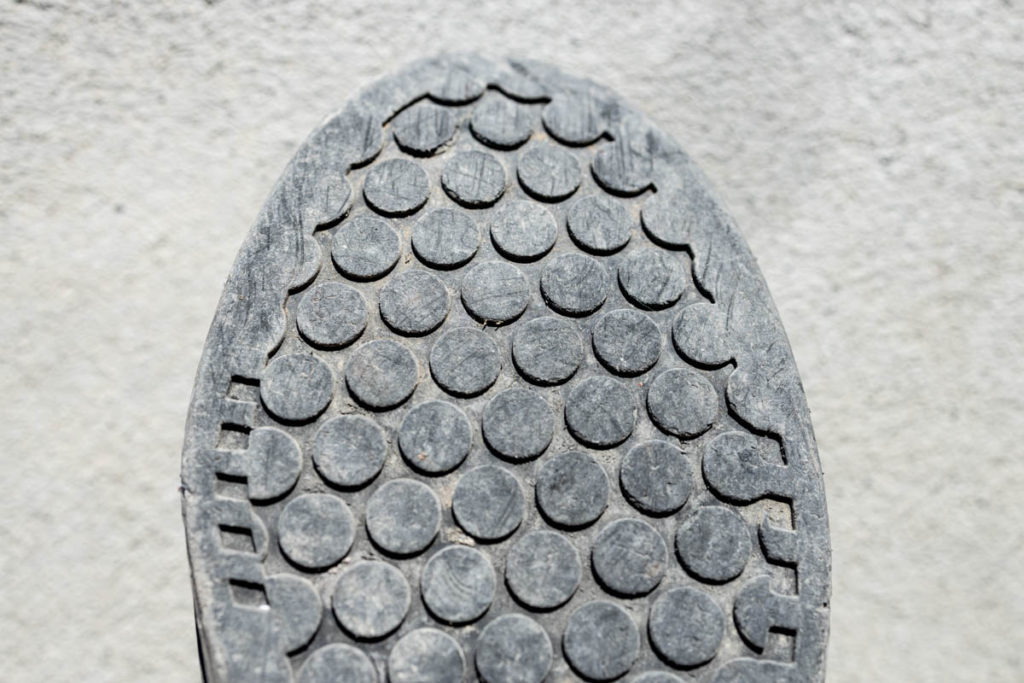
Cupsole shoes are made with a U-shaped rubber sole that is then sewn to the upper part of the shoe. Many cupsole shoes also have added cushioning, heel support, and arch support placed between the sole and the upper since the shoe doesn’t get baked. This creates more support than a vulcanized shoe.
Since cupsoles aren’t baked (not that kind of baked), more additions can be put between the sole and the upper without being affected by a heating process. Although the process of making this type of shoe is more straightforward, these hidden additions give them a significantly more supportive and cushioned feel.
Since cupsoles have a single U-shaped sole sewn to the upper (without foxing tape), they feel stiffer and take noticeably more time to break in while skateboarding. Depending on the shape of the sole, the amount of rubber along the side of the shoe can vary. This ultimately changes the feeling of flicking tricks that can initially feel weird.
With less rubber surrounding the shoe, many cupsole shoes tend to wear out faster, but this is a trade-off for a far more protective shoe when jumping down drops and stairs.
Cupsole VS Vulcanized Shoe Comparison
At the most basic level, the difference between a cupsole and a vulcanized shoe is the amount of protection and board feel the shoe offers. A cupsole shoe has better support and cushion but has a thicker sole leaving you feeling more disconnected while skating. A vulcanized shoe has a relatively thin sole in comparison, making it less cushioned but offers a far better board feel.
If you are someone who skates drops, stairs, and other big features, cupsoles will make a massive difference in protecting your feet. Depending on the shape of the sole and how much rubber extends around the toe, the durability of these shoes can vary. However, a good rule of thumb is that any cupsole with more rubber around the toe will obviously last longer.
On the other hand, if you’re someone who primarily skates street and flat ground, a vulcanized shoe would be a better fit. Since you can feel the board much better with vulc shoes, flicking tricks typically feels easier and more predictable. Likewise, with the addition of foxing tape, there is more rubber to wear through around the toe, making it harder to wear a hole through the upper.
So to make this comparison a bit easier, let’s put the pros and cons into a table.
| Vulcanized Shoes | Cupsole Shoes | |
|---|---|---|
| Advantages | – Great board feel – Long-lasting toe rubber – Short break-in period – Feel great when flicking tricks | – Great foot protection – More supportive – Hold their shape longer – More consistent feeling over time |
| Downsides | – Thin soles with little foot protection – Sides can quickly feel “mushy” and lack support | – Typically less rubber around the toe – Less board feel – Take a while to break in |
| Best For | – Technical street skating & skateparks – Flat ground tricks | – Big drops and stairs – Any skater in need of more foot support |
No matter what type of skater you are, the right shoe for you will ultimately come down to foot protection. Although I tend to wear through the upper in my cupsole shoes faster, I like the added protection they offer. Although I’m not one to skate big drops these days, cupsoles sure make landing primo suck a bit less.
On the other hand, if you want the absolute best board feel and are trying to practice flat ground, a vulcanized shoe is a more enjoyable option. I often go back and forth as I go through shoes just to get the best of both worlds.
How To Tell If Your Shoes Are Vulcanized Or Cupsole
You can easily tell whether a shoe is vulcanized or cupsole just by looking at it. No need to search up the specs online!
To spot a vulcanized shoe, take a look around the sides of the shoe first. If there is a thick band of rubber around the toe (called foxing tape), you’re more than likely looking at a vulcanized shoe.
You can double-check, however, by looking at the sole of the shoe. If you can noticeably see where the sole is compared to the foxing tape, then it’s a vulcanized shoe. Vans are a classic example of a vulcanized shoe since all these attributes are super easy to spot.
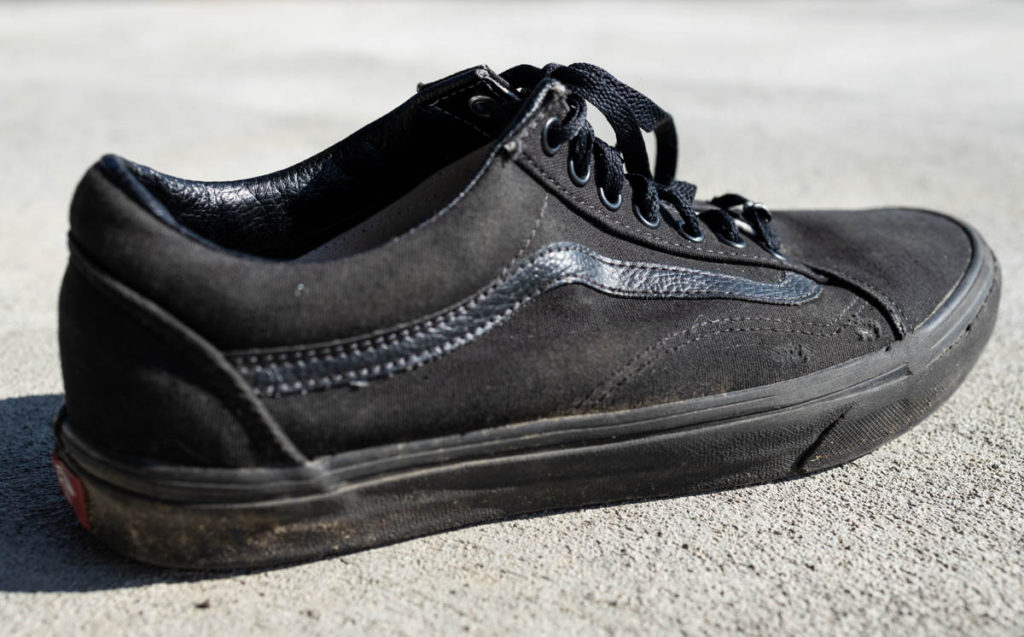
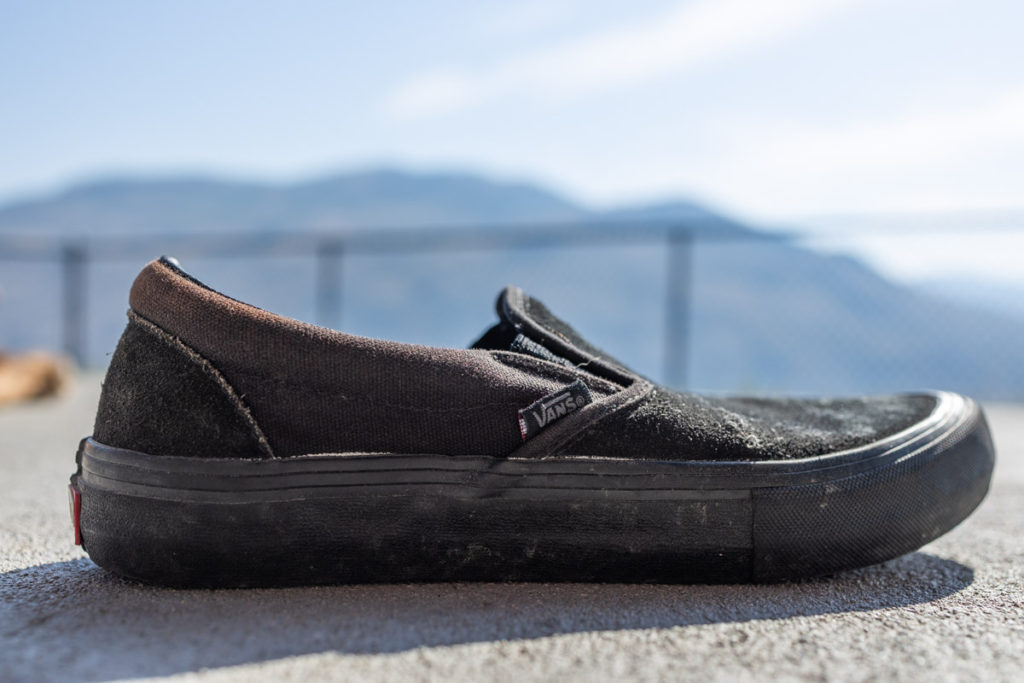
Now for cupsoles, flip your shoe around and look at the sole. If it appears as one piece, then it’s a cupsole. You can also look at the rubber around the toe. With cupsole shoes, the rubber doesn’t extend as far up the sides of the shoe and has a defined sewn line that attached the sole to the upper.
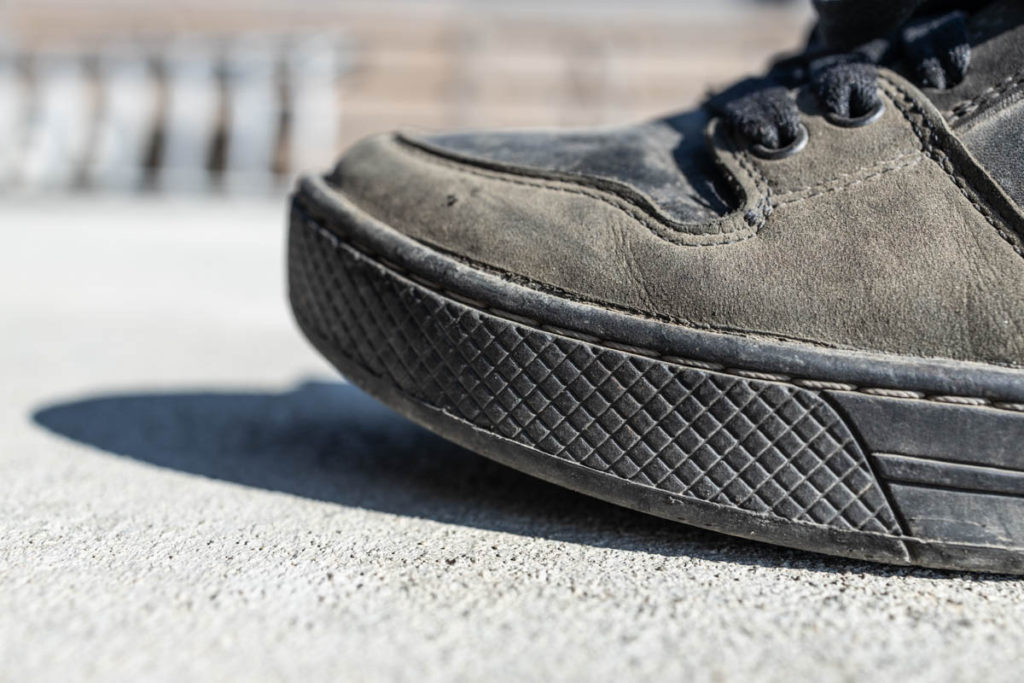
Now that you know the differences between a vulcanized and a cupsole shoe, I made a list of all my favorite shoes of both kinds between any brand. This guide to the best skate shoes and brands will be super helpful if you’re looking for a new set of skate shoes; vulcanized or cupsole!
Happy Shredding!

